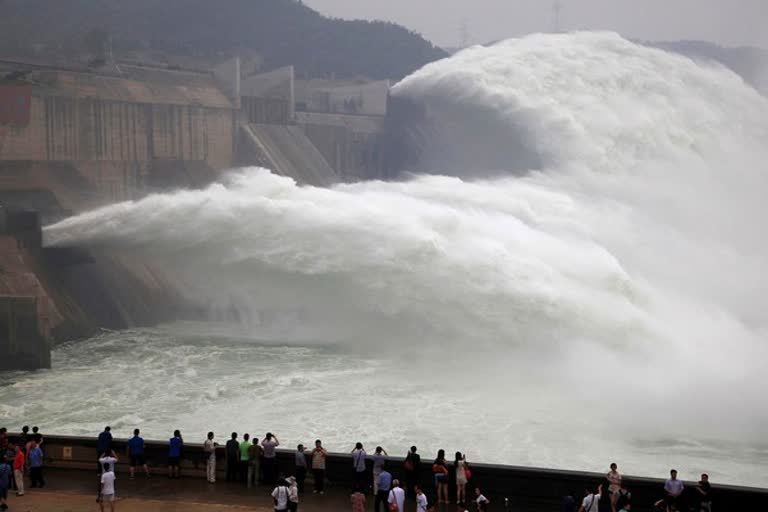Beijing (China):As China continues with hydropower projects on the Yarlung Tsangpo River, concerns are rising in the lower riparian nations regarding the impact of these projects on the river, which is one of the crucial sources of freshwater for India and Bangladesh. Yarlung Tsangpo is a lifeline for a significant population in these countries. It originates at the southeast of Mount Kailash and Manasarovar in Tibet and is the upper stream of the Brahmaputra river. It later flows through the South Tibet Valley and Yarlung Tsangpo Grand Canyon before passing through the state of Arunachal Pradesh and Assam in India.
Finally, it flows down into Bangladesh where it is referred to as the Jamuna River. Lower riparian nations both India and Bangladesh are particularly dependent upon the river for power, fishing and irrigation purposes. Experts believe that they are now under serious threat due to the many small and big hydropower projects rampantly being executed by China.
A Toronto-based think tank International Forum for Rights and Security (IFFRAS) has argued that the construction of these hydropower dams without consideration of upstream and downstream ecosystems and landscapes has a significant economic and environmental bearing on the location of the project, the adjoining and far-away regions as well. Experts say that the potential to have major political and environmental implications in Arunachal Pradesh and Assam in India, the states that are dependent on the Brahmaputra River, and in the country, Bangladesh.
